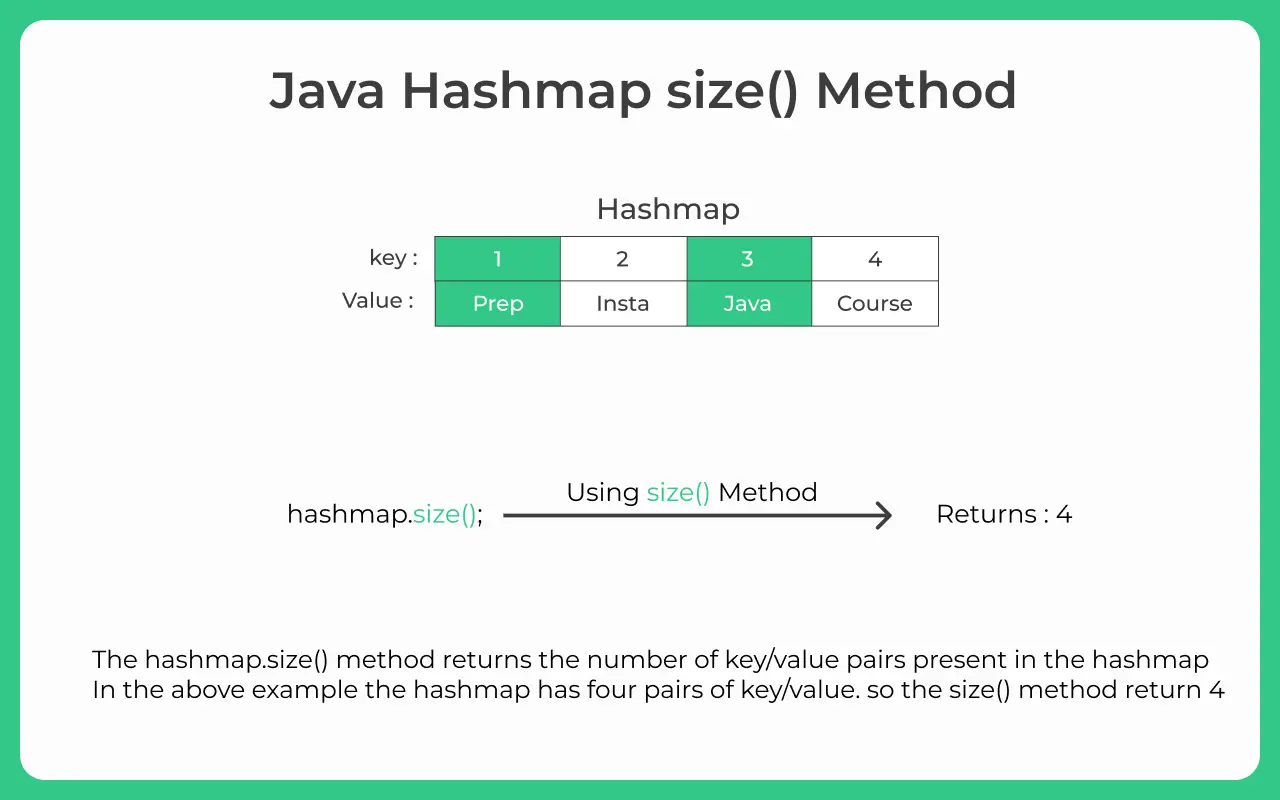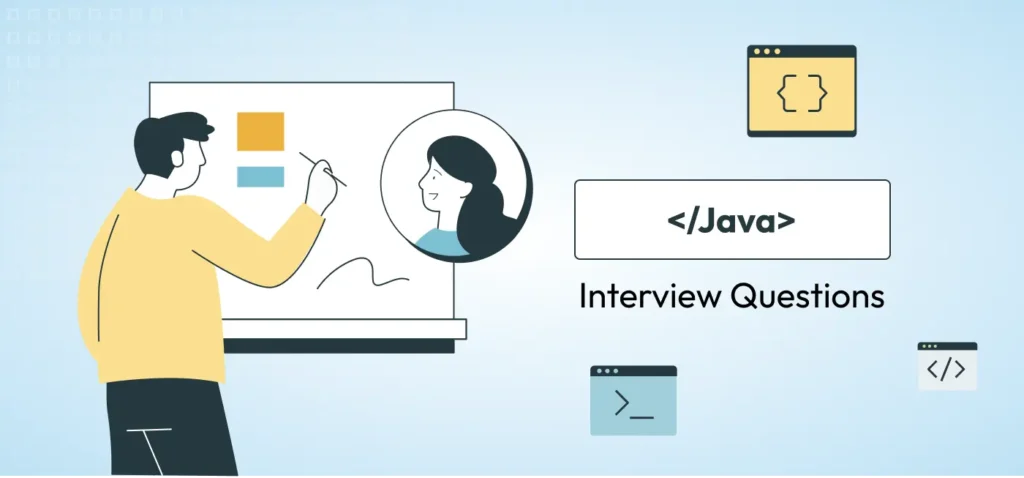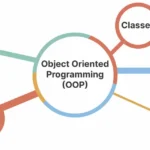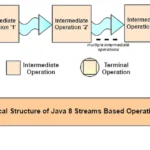When preparing for Java interview questions, especially for experienced developers or freshers, you’ll often encounter tricky HashMap coding questions in Java. One of the most commonly asked topics is the difference between HashMap and ConcurrentHashMap.

In this article, we’ll explore real-world interview questions, break down the key differences, and provide code examples to help you ace your Java interview questions for 3 years experience, 5 years experience, or even 10 years experience. You can also check about oops in java with real-time example.

🚀 Why Do Interviewers Ask About HashMap vs. ConcurrentHashMap?
Common Scenarios Where This Question Appears:
- Multithreading & Concurrency questions
- Map interview questions in Java
- Best practices for handling concurrent modifications
- Performance optimization in Java applications
If you’re preparing for Java interview questions hashmap geeksforgeeks or leetcode problems, understanding this concept is crucial.
🧐 Understanding HashMap in Java
HashMap is a part of the Java Collections Framework and is used to store key-value pairs. It allows null keys and values, but it is not thread-safe.
❌ Problem with HashMap in a Multi-threaded Environment
When multiple threads modify a HashMap simultaneously, it can lead to data inconsistency or even a ConcurrentModificationException.
🚨 Interview Question Example:
Q: What happens if you modify a HashMap while iterating over it?
🔴 Code Example – HashMap Failing in Multi-threaded Environment:
package com.amolsoftwares;
import java.util.*;
public class HashMapExample {
public static void main(String[] args) {
Map<String, String> map = new HashMap<>();
map.put("a", "apple");
map.put("b", "ball");
Iterator<Map.Entry<String, String>> iterator = map.entrySet().iterator();
while (iterator.hasNext()) {
iterator.next();
map.put("c", "cat"); // ❌ This will throw ConcurrentModificationException
}
}
}📝 Key Takeaways from HashMap:
- Fast but not thread-safe.
- Throws ConcurrentModificationException when modified while iterating.
- Suitable for single-threaded applications.
✅ What is ConcurrentHashMap & How Does It Solve the Problem?
Unlike HashMap, ConcurrentHashMap is designed for multi-threaded environments. It allows safe modification while iterating, preventing race conditions.
✅ Code Example – Using ConcurrentHashMap Safely:
package com.amolsoftwares;
import java.util.concurrent.ConcurrentHashMap;
import java.util.*;
public class ConcurrentHashMapExample {
public static void main(String[] args) {
Map<String, String> map = new ConcurrentHashMap<>();
map.put("a", "apple");
map.put("b", "ball");
Iterator<Map.Entry<String, String>> iterator = map.entrySet().iterator();
while (iterator.hasNext()) {
Map.Entry<String, String> entry = iterator.next();
System.out.println(entry.getKey() + " -> " + entry.getValue());
map.put("c", "cat"); // ✅ No exception
}
}
}✅ Key Takeaways from ConcurrentHashMap:
- Thread-safe and allows concurrent modifications.
- No ConcurrentModificationException.
- Higher performance compared to Collections.synchronizedMap(new HashMap<>()).
📌 Summary: When to Use HashMap vs. ConcurrentHashMap?
| Feature | HashMap | ConcurrentHashMap |
| Thread-safe | ❌ No | ✅ Yes |
| Performance | ✅ Fast (Single-threaded) | ⚡ Optimized for Multi-threading |
| Fail-fast Behaviour | ❌ Throws ConcurrentModificationException | ✅ No Exception |
| Allows null keys | ✅ Yes | ❌ No |
🔹 When to use HashMap?
- When working in single-threaded applications.
- When you don’t need thread safety.
🔹 When to use ConcurrentHashMap?
- When working in multi-threaded applications.
- When you need a high-performance thread-safe alternative.
📢 Final Thoughts
Understanding the difference between HashMap and ConcurrentHashMap is crucial for Java developers. Interviewers love testing HashMap coding questions in Java, so make sure you practice them well!
If you found this article helpful, share it with your peers and follow AmolSoftwares for more Java interview tips! 🚀
Instagram Reel: Click here to watch.
YouTube Short: Click here to watch.


